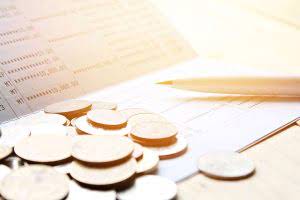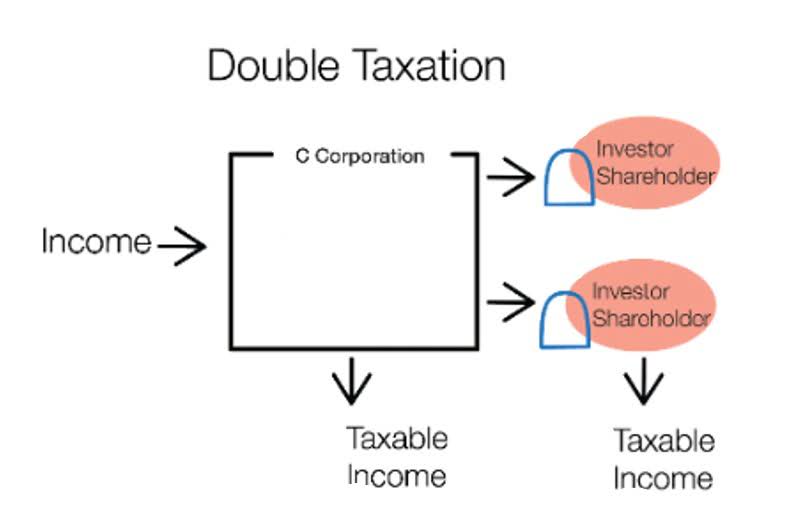
So, if an asset cost $1,000, you might write off $100 every year for 10 years. By front-loading depreciation expenses, it offers the advantage of aligning with the actual wear and tear pattern of assets. This not double declining depreciation only provides a more realistic representation of an asset’s condition but also yields tax benefits and helps companies manage risks effectively. The double declining balance (DDB) depreciation method is an accounting approach that involves depreciating certain assets at twice the rate outlined under straight-line depreciation.
Double-Declining Balance (DDB) Depreciation Method: Definition and Formula
Plus, the calculator also gives you the option to include a year-by-year depreciation schedule in the results — along with a button to open the schedule in a printer friendly window. If the residual value is high enough, it is possible that the depreciation expense during the second-to-last year could be reduced, and there would be no depreciation in the final year. However, it’s important to be aware that DDB can overstate expenses early on and understate them later, which might not suit every type of asset or business model. For each year, multiply the book value at the beginning of the year by the DDB rate. For instance, if an asset has a life of five years, the sum of the years’ digits would be 15 (5+4+3+2+1). In the first year, you use 5/15 of the depreciable base, then 4/15 in the second year, and so on.
- As such, most tax systems require that the depreciation for an asset be prorated.
- This is unlike the straight-line depreciation method, which spreads the cost evenly over the life of an asset.
- Increase your desired income on your desired schedule by using Taxfyle’s platform to pick up tax filing, consultation, and bookkeeping jobs.
- Subsequently, this figure is multiplied by two to establish your double declining balance depreciation rate.
- By keeping an eye on how much your assets have depreciated, you can better plan when to invest in new equipment and so avoid unexpected hits to your cash flow.
- Bottom line—calculating depreciation with the double declining balance method is more complicated than using straight line depreciation.
Drawbacks of the Double Declining Balance Method

But I do recommend working with your CPA or financial advisor to set-up depreciation schedules for any new assets your business may acquire. The chart also shows which depreciation method was used to calculate the depreciation expense, and the book value of the asset each year. The best way to explain the double-declining method of depreciation is to look at some simple examples. Through them I’ll show you which accounts Medical Billing Process and journal entries are required, and how to switch depreciation method in the middle of an asset’s life in order to fully depreciate the asset. To calculate the depreciation rate for the DDB method, typically, you double the straight-line depreciation rate. For instance, if an asset’s straight-line rate is 10%, the DDB rate would be 20%.

Cons of the Double Declining Balance Method

However, intangible assets like patents and goodwill are usually depreciated using other methods. The salvage value plays a crucial role by setting a floor on the book value, so that the asset is not depreciated beyond its recoverable amount. In the final year of depreciation, make sure the depreciation expense is adjusted so that the asset’s book value equals the salvage value. It allows you to write off more of the asset’s cost in the early years of its life and less later on. This can be particularly useful for assets that lose their value quickly—think of tech gadgets that might be outdated in just a few years. Using depreciation in your accounting allows you to match up the cost of the asset with the revenue it helps generate.
Update the book value annually
- One such method is the Double Declining Balance Method, an accelerated depreciation technique that allows for a more significant portion of an asset’s cost to be expensed in the earlier years of its life.
- For accounting purposes, companies can use any of these methods, provided they align with the underlying usage of the assets.
- DBM has pros and cons and is an ideal method for assets where technological obsolescence is very high.
- From year 1 to 3, ABC Limited has recognized accumulated depreciation of $9800.Since the Machinery has a residual value of $2500, depreciation expense is limited to $10000 ($12500-$2500).
- It is important to note that we apply the depreciation rate on the full cost rather than the depreciable cost (cost minus salvage value).
- This method is suitable for assets that wear out evenly, like office furniture.
After all, most assets depreciate faster in their early years of service, and slower in their later years of service. Under the double-declining balance method, the depreciation schedule is altered in the final years to prevent the asset from being depreciated below the residual value. In accounting, the “using up” of a fixed asset is also referred to as depreciation. For example, a delivery truck can only go so many miles before it is worn out, or used up. Physical factors like age and weather also contribute to the depreciation of assets. Typically, tangible fixed assets such as machinery, vehicles, and equipment qualify.

Account Receivable
It accommodates fixed assets like machinery, vehicles, or technology that depreciate rapidly at first, before slowing as time goes on. The double declining balance method is a petty cash method used to depreciate the value of an asset over time. It is a form of accelerated depreciation, which means that the asset depreciates at a faster rate than it would under a straight-line depreciation method. Some companies use accelerated depreciation methods to defer their tax obligations into future years. It was first enacted and authorized under the Internal Revenue Code in 1954, and it was a major change from existing policy. The double declining balance depreciation method is a way to calculate how much an asset loses value over time.

